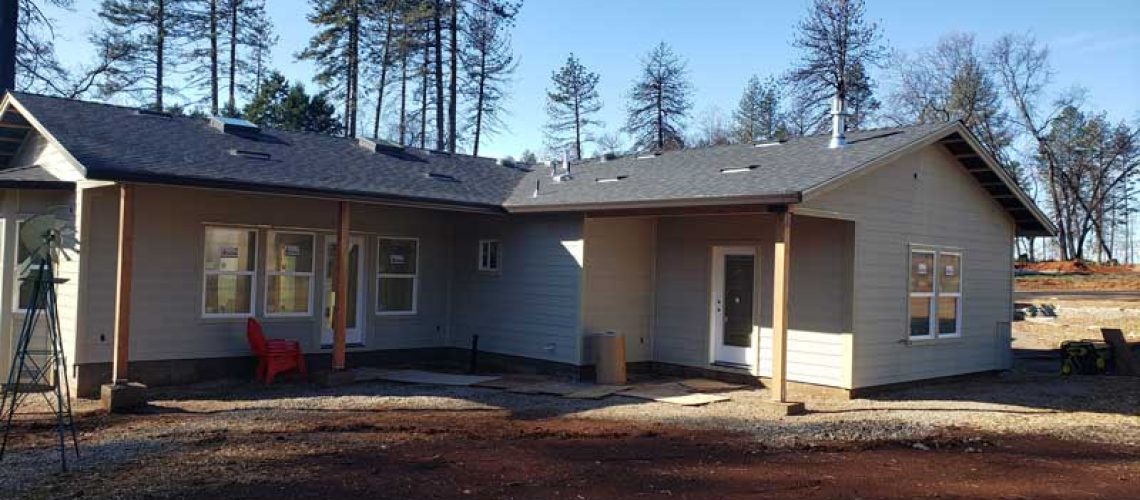As is the case with most professions, each individual will come up with a slightly, or drastically, different solution to a given problem. All these solutions should perform to a minimum standard, but at what cost? And is there a benefit to a solution performing a little above the standard, or significantly better than the standard? These are considerations we continually make when completing our designs. For today’s article, I will focus on the structural aspect of residential designs and how value engineering can be applied.
All home designs in California must meet a minimum standard, either by complying with the California Building Code (CBC) or the California Residential Code (CRC). The CRC is viewed as a prescriptive code that can be used by unlicensed designers to design homes. This code has many charts and tables to help determine beam and joist sizes and spacing, minimum shear wall sizing, foundation types, and everything else needed to successfully design a home that meets the minimum standards. The CBC on the other hand, has many formulas, options, other code or guide references, thus giving a guide to licensed professionals. In both codes, the design process is not linear, meaning you do not go from step 1 to 2 to 3 and so on. Instead, you make one decision, and based on that decision, you open up several other choices (all of which would meet minimum requirements), then you decide on the next and so forth. With so many options, the same home could be structurally designed by hundreds of individuals, and each design will have a different outcome. Some of these will vary by minuscule details, while others will vary tremendously.
It is through this process of design decisions that will ultimately influence the cost to construct a home. It is this that makes home designs more of an art form than solid science. And it is here, where we at Jackson & Sands Engineering pride ourselves in taking the time to analyze these decisions and create cost effective solutions. Through our experience in designing hundreds of homes over the years and our in depth knowledge of constructing homes (gained through years of actually building homes), we are able to make the more cost effective judgement calls throughout the process.
We strive to reduce the number of hold downs required with our shearwall designs as we are continuously reminded by our contractors the labor cost associated with installing hold downs, let alone the labor cost associated with installing forgotten hold downs (which happens more often than one would expect due to the sheer number of hold downs required by some designs).
During our design process, we are always considering the cost of materials and connections. We often find ourselves comparing the cost of many options for a certain component, we could lower the material costs by having more connections and or layers, but these connections may be labor intensive and therefore more cost effective to use more expensive materials and less labor, resulting in the best end value.
If you are curious on how we can help you with your next home design project, please feel free to reach out and contact us today!



One Response
Sean, this looks amazing.